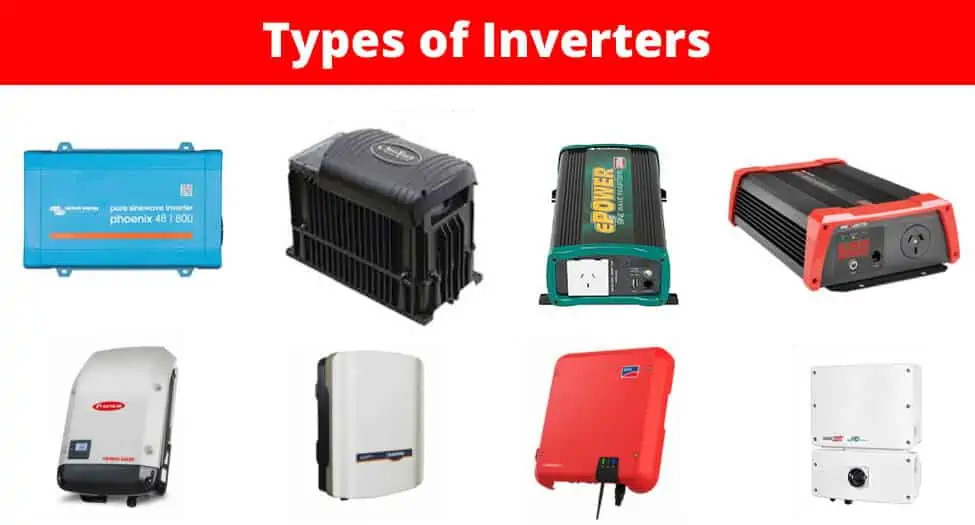4 Types of Power Inverters: Understanding the Basics
2023-10-19
In today's rapidly evolving technological landscape, power inverters have become an indispensable part of our lives. They play a crucial role in converting DC (direct current) into AC (alternating current), enabling us to power a wide range of electronic devices and appliances. However, not all power inverters are created equal. There are four main types of power inverters, each designed to serve specific purposes. In this blog post, we'll explore these four types and delve into their applications.

1. Square Wave Inverters
Square wave inverters are the most basic type of inverter. As the name suggests, they produce an output waveform that resembles a square wave. This waveform consists of two levels: high and low, with sharp transitions between them. While square wave inverters are the most straightforward and cost-effective, they are also the least efficient and can be harmful to sensitive electronic equipment. They are best suited for powering basic appliances like light bulbs, heaters, and motors.
2. Modified Sine Wave Inverters
Modified sine wave inverters, also known as quasi-sine wave or modified square wave inverters, provide a waveform that approximates a sine wave. Unlike square wave inverters, they smooth out the transitions between high and low levels, resulting in a waveform that is closer to the shape of standard household AC power. Modified sine wave inverters are more efficient and can power a wider range of devices, including many household appliances, power tools, and electronics.
3. Pure Sine Wave Inverters
Pure sine wave inverters produce an output waveform that is virtually identical to the smooth, undulating curve of the AC power supplied by utility companies. This makes them the most versatile and high-quality type of inverter available. They can power almost any electronic device or appliance, including sensitive equipment like laptops, medical devices, and audio equipment. Pure sine wave inverters are essential for applications where a high-quality AC power source is critical.
4. Grid-Tie Inverters
Grid-tie inverters, also known as grid-interactive or grid-connected inverters, are specialized devices used in renewable energy systems, such as solar photovoltaic (PV) installations. Unlike standalone inverters, grid-tie inverters are designed to synchronize with the utility grid. They convert DC power generated by solar panels into AC power that can be used in the home or sent back to the grid for a credit. This type of inverter is an integral component of a grid-tied solar power system, allowing homeowners to harness solar energy efficiently.
Choosing the Right Inverter for Your Needs
Selecting the appropriate type of inverter depends on your specific application and the devices you intend to power. If you're looking to run sensitive electronics or appliances, a pure sine wave inverter is the best choice. For basic household appliances, a modified sine wave inverter should suffice. If you're considering a solar power system, a grid-tie inverter will be a crucial component.
Remember, it's important to consult with a qualified professional or refer to manufacturer specifications when choosing an inverter to ensure compatibility with your devices and systems.
In conclusion, understanding the four main types of power inverters allows you to make informed decisions about which one best suits your needs. Whether you're looking to power basic appliances or set up a renewable energy system, the right inverter is key to ensuring reliable and efficient operation.
